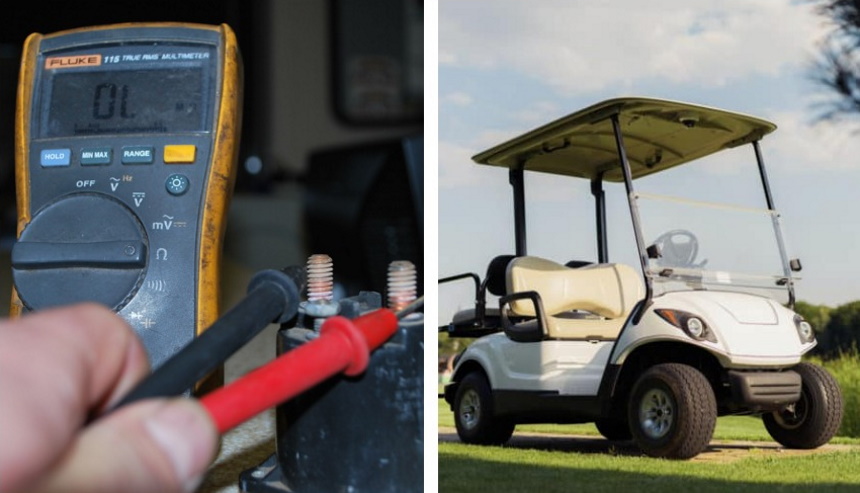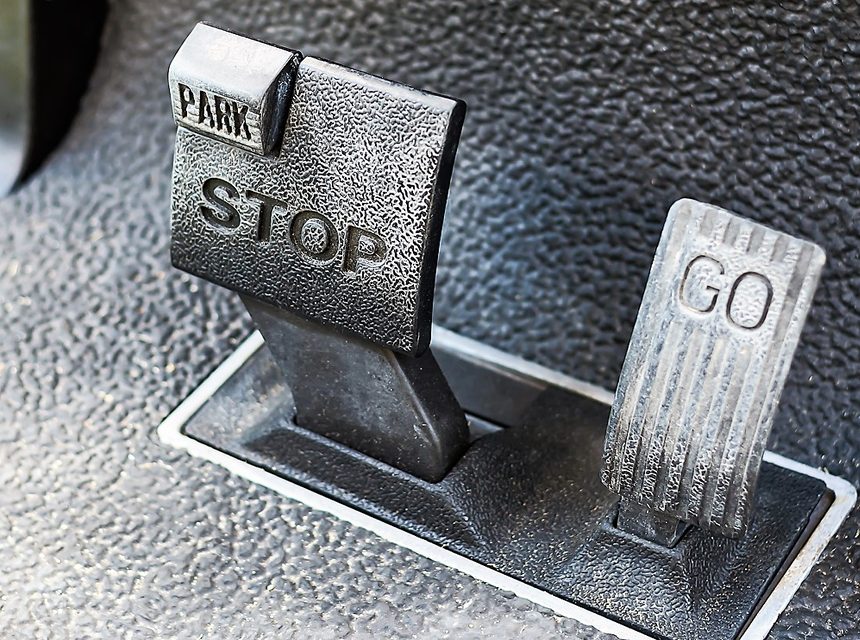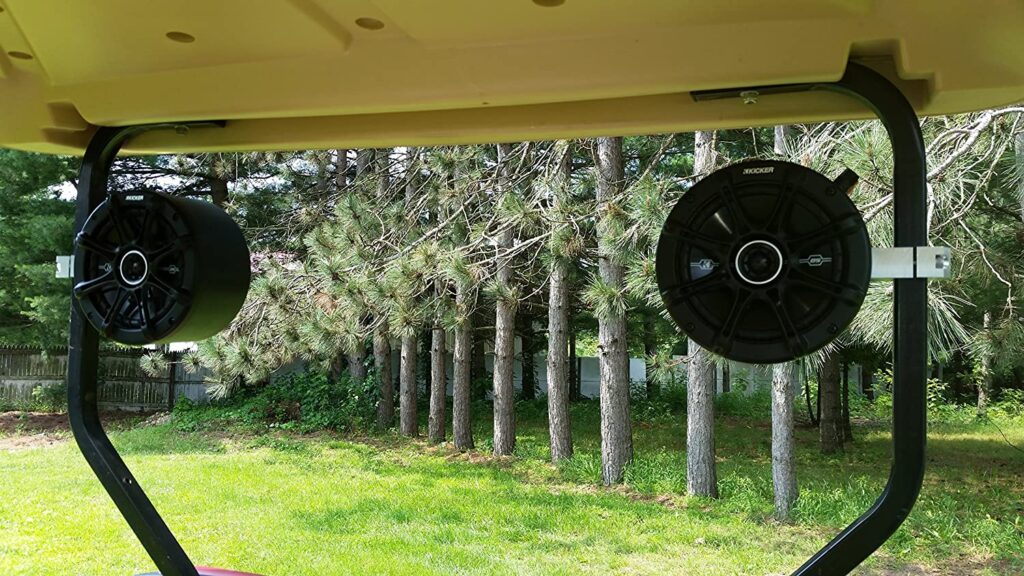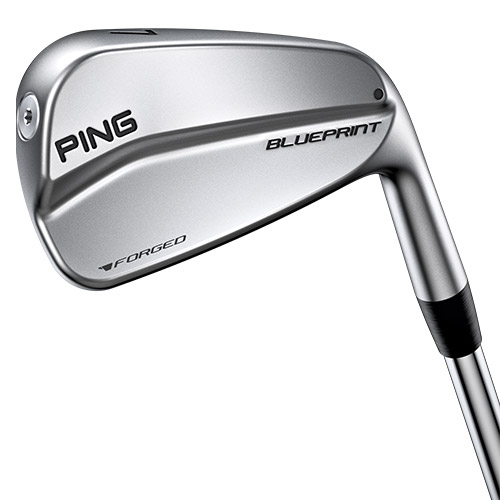
What is a duck hook in golf? For a right-handed player, this is a severe shot that happens when you swing the ball and it initially swings straight before curving sharply from right to left during flight. The low-flying hook shot is also referred to as a snap hook and is a common swing fault along with a slice or fade where the ball turns excessively from left to right. The latter poses a bigger nightmare for golfers because the ball goes too far with an over spin that is harder to control.
In this article, we will highlight what a duck hook is in golf, the most common causes of a duck hook and the various ways you can stop a duck hook from hooking the driver.
Before we go deeper into what causes a duck hook, let us define what it is exactly.
The simple duck hook golf definition is a golf ball shot that turns quickly and sharply to the left for right-handed players and from left to right for left-handed players mid-air after a swing. Some examples of shots where the ball does not swing straight include pushes where the ball flies right, pulls where it flies left, fades and slices where it curves significantly to the right or draws and hooks where it curves to the left.
A duck hook occurs when the ball not only curves sharply from right to left but also flies low, making it impossible to control it, unlike a draw or fade. You might find yourself stuck in a duck hook move where every swing you take goes violently left and results in the ball moving quickly on the ground and rolling forever, making your driver go in a hazard, out of bounds or a long distance from the tee.
The driver, also known as the 1-wood, features an enlarged head, the least loft and the longest shaft among all golf clubs to swing the ball a long distance from the tee. Left-handed golfers often struggle to find the right equipment because most are designed for right-handed individuals. However, we have a wide selection of the best left-handed drivers that are readily available in left-handed dexterity to ease your search.
There are 3 main kinds of duck hooks:
A duck hook is also known as a smother, quick hook, shrimp hook or snap hook, and even golf pros like Rory McIlroy are not immune to it Trusted Source Five crucial shots to hit at the Masters ESPN.com’s Farrell Evans identifies five shots throughout the course of a round at Augusta National that will likely play a key role to any winner’s chances at the Masters. www.espn.com . Before achieving a straight flight, many beginners will start with slices and then progress to a duck hook.
It is called a duck hook to allude to its flight path; duck means to get down or to take cover, and a duck hook in golf refers to the ball curving sharply to the left and then dipping down violently towards the ground and to the left before swinging out of bounds. A ball spinning from right to left will fly lower and it may move a longer distance than a ball that is spinning from left to right, especially if it does not meet any obstruction and the ground is firm.
The major cause of duck hook in golf relates to the flight path of the ball. You may also have a duck hook due to the club face angle and your grip.
Now that we have established what a duck hook in golf is, let us discuss how you can stop duck hooking the driver.
If you are worried about how to stop duck hooking your driver, swinging your club right when you see the ball start left and then move further left is not the solution. Instead, you should try to straighten out the ball trajectory by slowing your backswing to take the club outside and avoid a swing path that runs from inside to outside.
Lightweight clubs provide extra power for golfers with slower swing speed. However, they require greater effort and precision to cover the distance. Comparatively, you can achieve the right amount of distance with the best heavy putters because they minimize wrist action and offer you more control to generate a solid stroke that is less wobbly.
We have already explained why it is called a duck hook. It is important to maintain a neutral grip when playing golf since a strong grip can cause a duck hook. Check the way you place your hands on the club; count the knuckles on your left hand and twist your hand a little bit if you see three or more knuckles because it means your grip is too strong. If you are a lady or you need a club head that can improve your grip and shots, we have the best irons for women that are designed for smaller grips and slower swing speeds to help you launch the ball easily and boost the distance of the ball.
Another way you can prevent a duck hook golf shot is by checking your body posture. You may have an inside takeaway if you lean back too much and get the club trapped. Your first instinct will be to flip your wrists and hands to catch the club and this will create a swing path from inside to outside as well as a closed clubface.
Keep your arms and the club head in front of your chest when swinging to prevent flipping hands at impact and an excessive inside swing path. This is the number one solution to stop duck hooking the driver.
The clubface should be in a neutral position when in contact with the ball. Having enough forward shaft lean keeps the clubface square and increases your distance. According to several users, EyeLine Golf Speed Trap 2.0 can improve your swing path dramatically and stop duck hooking the driver by allowing you better control of the clubface. The latest version comes with wider impact zones to fit your driver, and it works for both right-handed and left-handed golfers.
The swing path is as important as torso rotation in avoiding a duck hook golf shot. You should keep your hips open at 45 degrees when you make contact with the ball.
Your lead hip should be slightly higher than your trail hip to help you rotate your hips on the downswing and backswing. Otherwise, you may be forced to scoop the ball, as many amateur golfers do, to hit the ball, and this has a negative effect of adding loft to the club at impact and producing shots that are too high and lack a long range. A study Trusted Source Golf Swing Biomechanics Numerous studies have been conducted to investigate golf swing performance in both preventing injury and injury occurrence. The objective of this review was to describe state-of-the-art golf swing biomechanics, with a specific emphasis on movement kinematics, and when possible, to suggest recommendations for research methodologies. www.ncbi.nlm.nih.gov found that the lead hip movement is strongly linked to torso movement and it has a positive influence on club head speed at ball impact.
Open the palm of your right hand and keep it facing your target so that it faces more downwards as opposed to facing upwards and away from your target.
The dreaded shot that is called a duck hook in golf occurs when the ball takes a sharp curve to the right or left and towards the ground in flight after starting out straight. Some of the causes of a duck hook golf shot are an overly strong grip, a closed clubface worsened by flipping or overactive hands that change the ball trajectory, excessive spin that is too distant from inside to outside, and incorrect stance and palm placement when swinging.
You can avoid a duck hook in golf by investing in a suitable putter, maintaining the right clubface angle and adopting the correct grip, hips and torso positions. Lastly, regular practice will stop duck hooking your driver as you learn from your mistakes.





